 Guest Blog by Tim McCanna I wrote my first picture book manuscript in March of 2009. I still have the file in a Dropbox folder where I keep all of my story drafts. Seeing the file’s creation date made me realize that I’m approaching the ten year marker of when I decided to leap into children’s literature. Ten years is a long time to commit to anything. It’s plenty of time to experience failures and a few successes. You can surprise yourself one day and feel like you’re spinning your wheels the next. Is the 46-year-old me any wiser than the 36-year-old me? Maybe a little. I definitely have more gray hair. If I could give that young whippersnapper some friendly advice, here’s what I’d tell him… STEER CLEAR OF THE SLUSH PILE Let me save you some time and heartbreak, pal. Resist the slush pile submissions. You might as well go buy a lottery ticket or hunt for diamond rings at the beach. Yes, it can be tempting. And sure, lighting can strike. But especially when you’re starting out, the odds are not in your favor. You’ve got more productive things to do: NUMBER ONE: Embrace the industry.Participate! Join SCBWI, volunteer, read blogs and reviews, listen to kid lit podcasts, and attend conferences and workshops so you can gain a pro-level understanding of how all the pieces of this business fit together. NUMBER TWO: Make friends.Do anything it takes to join or form a critique group. Share your work and your experiences with these people. They will be your life raft in the turbulent kid lit seas. When you’re at a conference, turn to the people beside you and introduce yourself. Then ask them what they do. It really works. NUMBER THREE: When all else fails, stick to your craft.If you’re feeling lonely or unsuccessful or unsure what to do to move forward, allow yourself some quality time to pursue creativity. Write, sketch, brainstorm titles, whatever. Do all that and you’ll be too busy for the slush pile! Eventually, exciting opportunities will organically present themselves and propel your career forward in meaningful ways. CUT IT OUT WITH THOSE 700 WORD MANUSCRIPTS Hey man, a lot of your early manuscripts were too long. That’s okay. Don’t judge your work in those formative writing days. You have to put in the time to develop a sense of pacing and rhythm and structure. Get that first story out of your system and move on to the next one. While you write, read current published books and figure out why those manuscripts sold. Count the words on each spread, consider the passage of time between page turns, read out loud to a kid. At some point—after years of study and practice—something will click. You’ll see the difference between writing a story and crafting a picture book. You’ll actually treasure the editing and rewriting process. And when you figure out how to tell the same 700 word story in 285 words… that’s when the magic happens, buddy. PLAY WITH WORDS Your stories aren’t “leaping off the page” yet? Stretch those writing muscles. Trust your gut! Try something new! Be daring and innovative with letters, words, and phrases. You might discover a voice you didn’t know you had. You might even catch the attention of an editor with a fresh meter or distinctive grammatical style. Watersong started out as an experimental list of onomatopoeia strung together in rhyme. BOING! A Very Noisy ABC is a story told completely in alphabetical order. Recommended reading: Making the Alphabet Dance by Ross Eckler is an incredible book on wordplay. Could you write a novel without using the letter E? Somebody did! Good luck, you handsome thirty-something aspiring author. Making picture books is a slow process. The industry is slow. It just is. Don’t try to rush your craft or your career. Every day offers an opportunity to practice and learn, so focus on that. Getting published is a great goal, but the journey is where the real achievement happens. Tim McCanna is the author of Bitty Bot, Barnyard Boogie, Bitty Bot’s Big Beach Getaway, and Watersong, which is a New York Public Library Best Book for Kids and a National Council of Teachers of English (NCTE) Notable Poetry Book. His upcoming 2018 picture books include Jack B. Ninja, So Many Sounds, and BOING! A Very Noisy ABC. He lives in San Jose, California with his wife and two kids. Find Tim online at www.timmccanna.com.
0 Comments
 We are thrilled to welcome Rob Broder, co-founder of Ripple Grove Press, to 24 Carrot Writing. Ripple Grove Press is an independent, family-run children’s book publisher. Their list includes picture books like the award winning Grandmother Thorn, Seb and the Sun, and Monday is Wash Day. I had the chance to meet Rob at the book launch of Ripple Grove Press’s newest picture book, Iver & Ellsworth. The book was in hot demand and luckily Rob had extra copies in his car! Ripple Grove Press is looking for its next book and Rob graciously offered to share his thoughts on the submission process from the publisher’s side of the desk. 1. Can you talk about the unique perks and challenges of being a family run independent children’s book publisher? Since it’s just Amanda and myself doing everything to run Ripple Grove Press, we face challenges with reaching as many bookstores, libraries, and parents as possible. We don’t have a separate marketing team. We are the marketing team. So while reading submissions, promoting our current and backlist titles, communicating with our printer and distributor and working on books for next year, we do wish we had some extra hands helping out. But we love it, and the best perk is finding that next writer and illustrator we are passionate about, who has a wonderful story we resonate with. 2. Querying writers, who are looking for publishers, sometimes forget that publishers are looking for them too! And while groups of writers can often be heard discussing the angst of having a manuscript out on submission, what is the process like for the publisher on the hunt for the next great manuscript? For us, it’s just going through the hundreds of email submissions we receive a month and finding one that just clicks. Perhaps one where I like the title, I like the first few lines and then I just keep on going. 3. While writers understand that the volume of submissions received by editors makes it unfeasible to respond to every submission, how can a writer know the difference between a complete miss as opposed to a submission that was very close? Writers are willing to put in the work, but sometimes it is hard to know if a submission is just not quite a good fit for a particular editor or if it is in need of major revision. There have been times where I love the story, but it’s just not for us for some reason. I want to reply to that person and say, “Your story is great. But do you have something else?” or “Keep writing and you’ll get there.”. But I just don’t have the time. And if I reply, it might give the wrong signals to that person. With RGP, as long as the person follows our submission guidelines, I want them to know your story has been read and considered. 4. When you get excited about a manuscript, you are also deciding to get excited about the author. Could you describe the ideal prep work an author should do before submitting to Ripple Grove Press, both in terms of working a draft to a submission ready place and in preparing themselves to be knowledgeable about the industry? Yes, please be professional. Please be open to editorial suggestions. We become just as passionate as you are about your story and we are working together to make the most beautiful book, the most wonderful story possible. So please have an open mind. Be knowledgeable about children’s picture books. If you don’t read current and old titles, it will show in your writing and your professional etiquette when discussing picture books. 5. Once a writer has revised a manuscript and taken it through a cycle of feedback from critique partners, what other steps can and should an author take to make sure the manuscript is submission ready? Have a close friend read the story out loud to you. But with emotion. What and where does your friend think certain words should have emotion. When should they shout, or whisper, and perhaps make your voice sad. It really helps hear where your story should be from another perspective. 6. Sometimes the best way to learn is by example. Can you share examples of opening lines that made you excited to keep reading a submission? And what are some opening lines that made you put the submission down before you finished the manuscript? If the opening line has a good simple narrative, it usually resonates with me and I want to keep reading. Like: Ellsworth is a rooftop bear. or Grandmother Thorn lived in the very first house on the very straight road to Shizuoka Village. or Rain or shine, Monday is wash day. or The gentleman bat, with his gentleman’s cane, went out for a walk one night in the rain. or Seb lived in a sleepy coastal town far in the north. These first lines hooked me. They told me a story before I even continued on with the manuscript. Opening lines that sometimes make me stop reading are: Once upon a time . . . Once there was a . . . Hi, my name is . . . Have you ever wondered . . . ? “Mama, do you love me. Yes, of course I love you.” (if I see page breaks) One day, One evening, Long ago and far far away . . . Hi, I'm Clothes Pin and this is my friend Lamp Post. I just made that up, but hopefully you get what I’m saying. 7. At the end of the day, it’s all about the writing. But, where does the query letter fit in? Do you read it first? Second? What do you really want to see in that query letter and what do you never want to see? It is all about the writing, so I do go straight to the story. The main reason for that is I don’t have time to read every query and submission together. I wouldn’t get through my pile. If I like your story, I absolutely read your query. I open every submission hoping to say “Yes! This is it!” And sometimes, I get excited about the query because it’s so well-written, but then the manuscript doesn’t have the same feel as the query. I’d like to get excited about your manuscript first, instead of getting excited about your awesome query. 8. Can you share the journeys that brought Iver & Ellsworth and/or Grandmother Thorn from submission discovery to published book? These two stories came to us through our submission inbox. And when a story gets moved over to our “Lets Discuss” folder, it . . . well… gets discussed. We read it over and over before contacting the author. We read the story to ourselves, we reread it out loud, we read it with the emotion we feel it should have. We talk about alternate endings, even if we don’t change the ending, we always say “what if this happened.” just to see how it sounds. We discuss what type of art we see with this story. We go for walks and visualize how this book might look. We usually like stories that capture a moment, and both of these stories do. Proud to say, Grandmother Thorn won the 2018 Anna Dewdney Read Together Award Honor. 9. Seb and The Sun is a companion book to Jami Gigot’s debut picture book Mae and the Moon. How is the submission process different for an established author? Does Ripple Grove Press actively look to publish multiple books by the same author? Mae and the Moon at the time was our best selling and most reviewed book. And when Jami approached us (actually had a celebration drink over Mae and the Moon) about a companion book titled Seb and the Sun, it was just a concept at the time. I boy collects bottles, in a dark coastal town and searchers for the sun. Since we loved working with Jami, we knew how the process was going to be. So we asked for a rough draft and some sketches. It came together beautifully, earning three starred reviews and becoming our most reviewed book to date. So yes, building a strong relationship helps. We know how hard you work to make the book, but it also helps to know how hard you work promoting the book and yourself. 10. In September, Ripple Grove Press is releasing Paul & His Ukulele written by you! How wonderful! What made you decide to become an author? How has the process of writing and publishing your book informed or changed your approach? 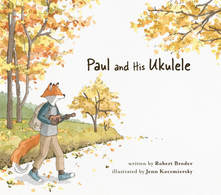 I’ve always written a bit here and there over the years. When something comes to me I jot it down. And since starting RGP, I have read so many submissions, that I wrote down a story about a boy who receives a ukulele. Perhaps because I wasn’t seeing a simple ukulele story submitted to us. And when I showed the story to Amanda, she liked it. And when we saw Jenn Kocsmiersky’s portfolio, I said what if Paul was a fox and not an actual boy… and it fit. It worked. Thank you Rob for sharing your publishing insights with 24 Carrot Writing.
To submit to Ripple Grove Press, please read their books and visit RippleGrovePress.com. Be sure that your manuscript has the intellectual charm that is the hallmark of Ripple Grove Press books. And from now until August 31, 2018, Rob Broder has generously offered to give manuscript submissions from 24 Carrot Writing Facebook members special attention. Please visit the 24 Carrot Writing Facebook page to learn about this kind offer. Rob has also started a Storybook Consulting service where he has been helping people get their picture book story to where they want it to be. Please visit RobertBroder.com for more info. To order Ripple Grove Press books please visit www.ipgbook.com/ripple-grove-press-publisher-RGP.php.  Guest blog by Ellen Mayer We are excited to introduce author and early literacy specialist, Ellen Mayer to our 24 Carrot Writing family. Ellen is the author of the Small Talk Books collection published by Star Bright Books that includes Red Socks, A Fish to Feed, Cake Day, Rosa's Very Big Job, and Banana for Two. She is a member of the TERC Storytelling Math community, a former education researcher at Harvard Graduate School of Education studying how families engage in children's learning, and she worked as an early literacy specialist with diverse and immigrant young children and their parents. We've invited Ellen to share her knowledge of writing math-related fiction picture books for children. Enjoy! Interested in trying your hand at writing a math-related fiction picture book for preschoolers? As many kidlitters may know, publisher Charlesbridge recently issued a call for submissions as part of the Storytelling Math project, (https://www.charlesbridge.com/pages/storytelling-math-guidelines) seeking manuscripts for fiction picture books that weave together engaging story lines, mathematical themes, and diversity. The Storytelling Math project is spearheaded by TERC, the non-profit STEM education center in Cambridge, MA (https://www.terc.edu/display/Projects/Storytelling+Math) and is funded by the Heising-Simons Foundation. I was a participant in the pilot phase of the project that included publisher Star Bright Books, and I created two playful math-infused board books for under-threes with diverse characters. Banana for Two features a toddler learning about amounts of one and two with Mama while they shop for groceries and then share a snack together. Clean Up, Up, Up! features a toddler learning about spatial relations with Daddy as they clean up the toddler’s room together and then sit down to dinner with Mommy. Both have stunning art by the illustrator Ying-Hwa Hu. Here are some of my own takeaways from that writing experience, focusing just on the issue of incorporating math in the story. Mind you, this is based on a sample size of one. But perhaps what I learned might inspire (or at least reassure) you as you consider tackling a story with inherent math. #1 No math PhD required! Like many, I have a complicated relationship with math and a certain amount of math trepidation. As I learned more about what early math entailed for preschoolers, though, I felt less anxious. Early math is not rocket-science level stuff. Little ones are doing math when they line up different food pieces in a pattern across their mat, find it amusing that they have a foot for each of the two socks in a balled up pair, or build a block structure that’s bigger than they are. I also reframed my fear and made it work for me: the project after all was trying to reach math-phobic parents, and I knew how they felt! #2 Read parent digests on young children’s mathematical development from leading education organizations. Check out the early math resources available from Erikson Early Math Collaborative, NAEYC, PBS and Zero to Three. These organizations distill the latest research and describe children’s mathematical development over the 3-6 years age span. Stick with parent resources as opposed to classroom ones for teachers that focus on the math as taught in the classroom: You’ll want to focus on the kid-centered math as learned in out-of-school settings. You’ll also want to be developmentally appropriate when you approach your story: How children engage with the topic of measurement, for example, is somewhat different at 3 than 6. Information from these sources can help you delve deeper and also stay on solid footing. #3 How to begin writing? I’m sure there are many ways to visualize this journey, but after creating my little books and drafting some other math-infused manuscripts, I think of three basic ways to start. With your new early math lens from #2, you could begin thinking about that story idea you’ve been kicking around. Or, you might realize that one of those manuscripts you stashed away in your drawer for another day might have some inherent math in it that can be teased out. Finally, you might start with a math prompt, whether it’s one of the math topics listed in the open call or some more detailed information available from your digest review. #4 How will my story engage families in early math? As a former early literacy home visitor with diverse and immigrant populations, I think a lot about how books can be written, illustrated, and designed to draw in families and stimulate conversation both during and after book sharing. One of the goals of Storytelling Math is to create books that will stimulate conversation full of math talk. This means thinking about the parent audience as a very important second audience for your story. Each of my books contains a parent note written by an early math expert that helps parents become aware of the math in the story, but note aside, I suggest that you approach your writing process here with this meta-charge in mind. Family engagement needs to be baked into the text. In my two books, I did this mainly by having the parent character in the story model for the parent reader some ways to engage in playful math talk with a toddler. #5 What – a math art note?*!? If you’re like me, you literally lose sleep over the art note. Include or no? If yes, how to make it succinct with only the absolutely necessary information? In my stories I actually enjoyed this added layer, of thinking intentionally about how the math in the story might drive the art. In the case of that story about one and two at the grocery store, it meant art with plenty of opportunities to count items of one and two (look in the grocery cart), but where no items were countable beyond two (see the blurry bunches of bananas)! Much of the math art notation came later in the process though, when I had an accepted manuscript and had started working with the Storytelling Math project “math editor” (in addition to my Star Bright Books editor). We all know that picture book editors tend to look askance on the art note and certainly the lengthy one when they receive a submission. However, I found it valuable during my drafting of the stories to include math art notes just for myself. I think this helped me get into that math-infusion zone. Ready now to try a new writing challenge this summer? Submissions are due by September 1! To learn more about Ellen and her various books for children, visit her website at www.ellenmayerbooks.com. To learn more about publisher Star Bright Books’ Math Around Us work, book collection, and fun book-related math activity sheets, see: https://starbrightbooks.com/blog/category/math/ and https://starbrightbooks.com/index.php?id_category=105&controller=category To order Banana for Two and Clean Up, Up, Up! please follow these links: Ellen's books are also available on B&N, Amazon.
Photo credits: Mindaugas Sereiva Illustration credits: Ying-Hwa Hu |
Peruse blogs for advice and tips from KidLit creatives.
Categories
All
Archives
April 2024
Click to set custom HTML
Click on the RSS Feed button above to receive notifications of new posts on this blog.
|
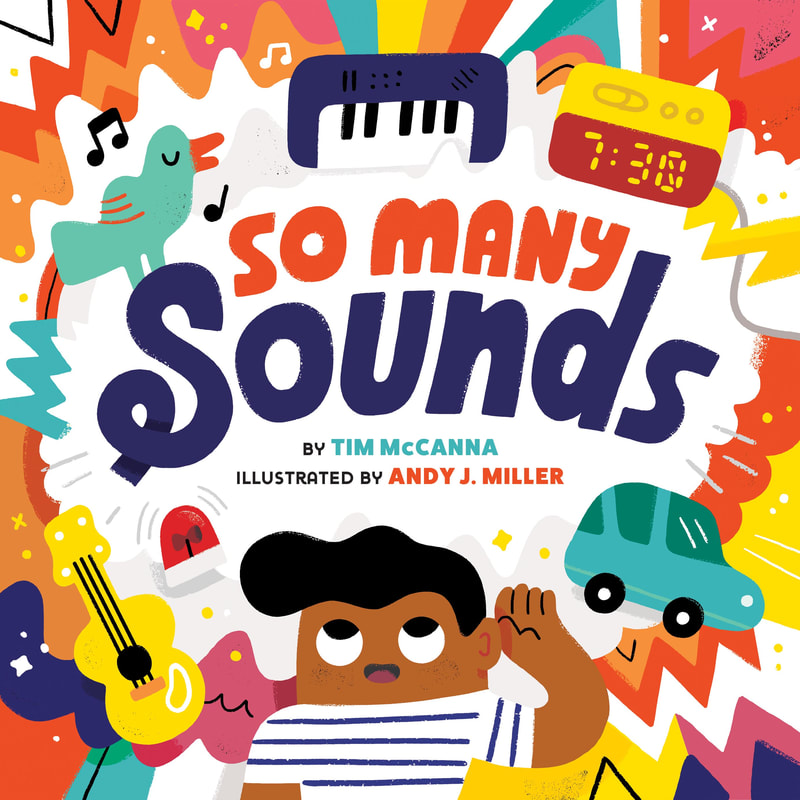

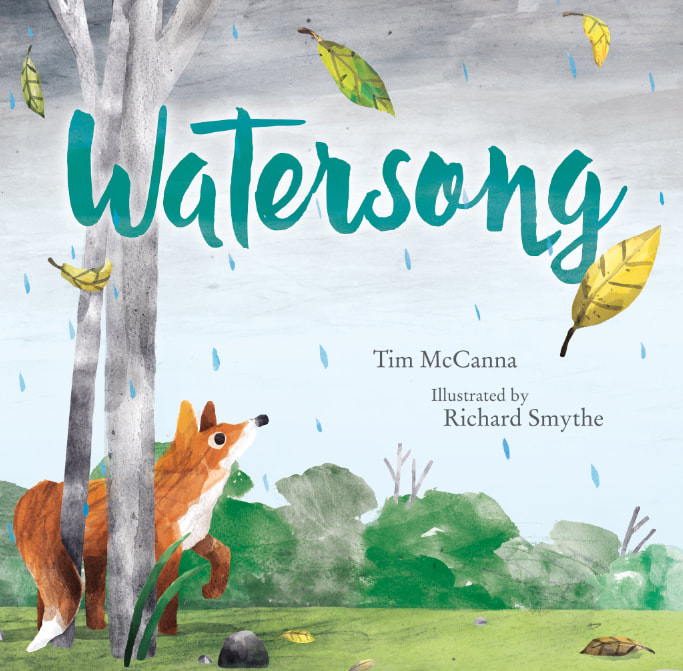
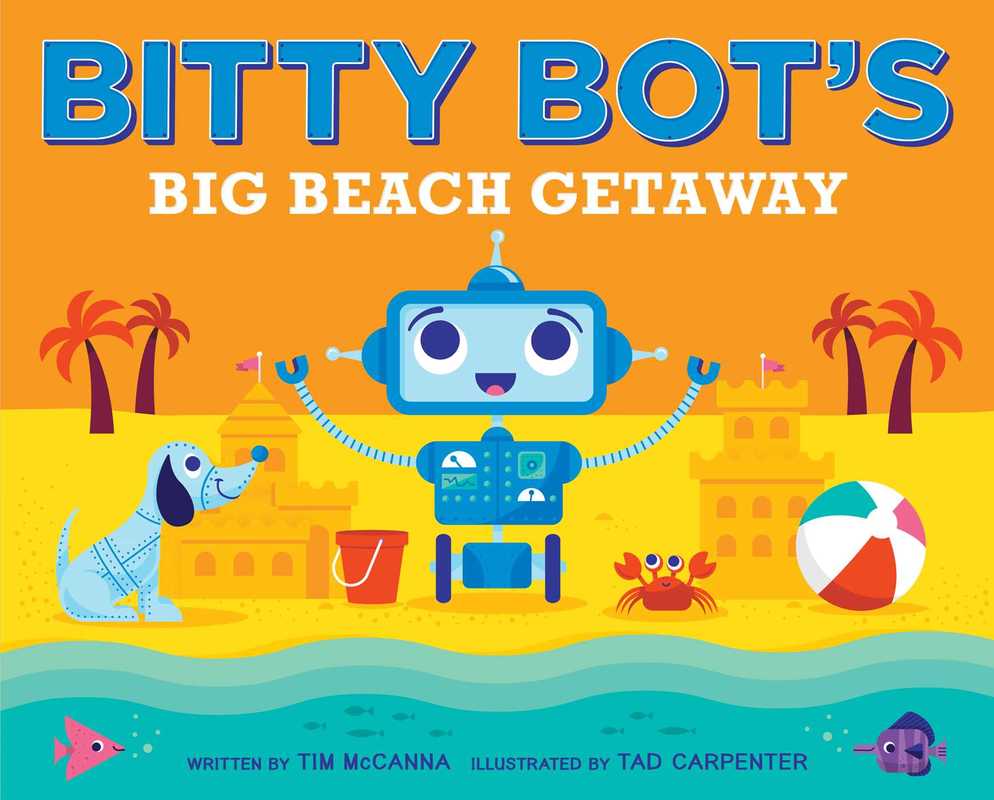
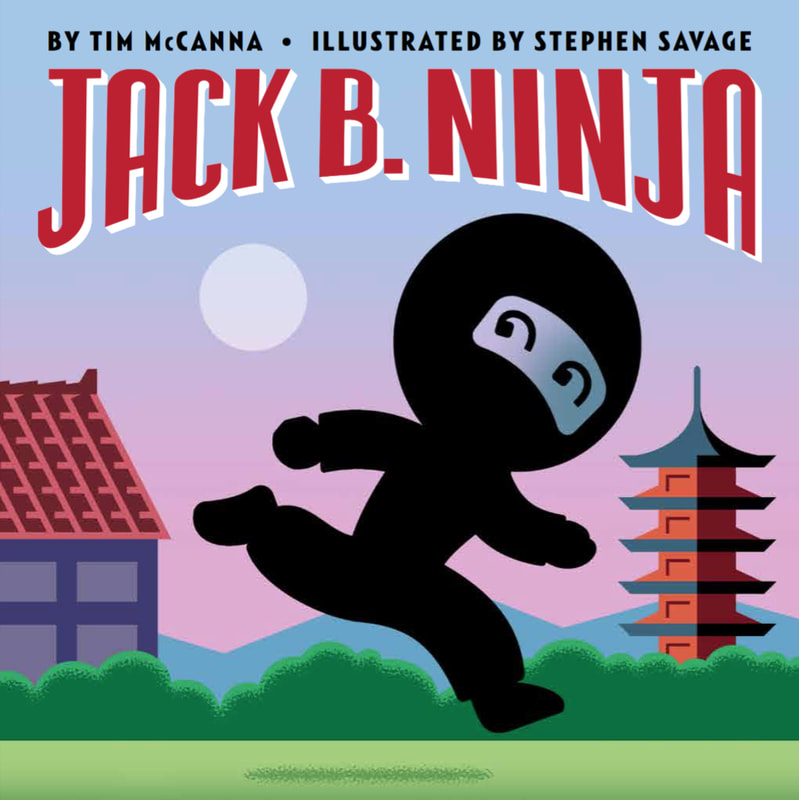
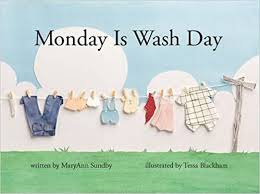
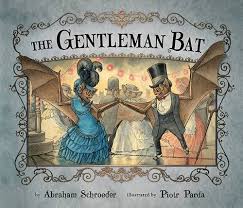
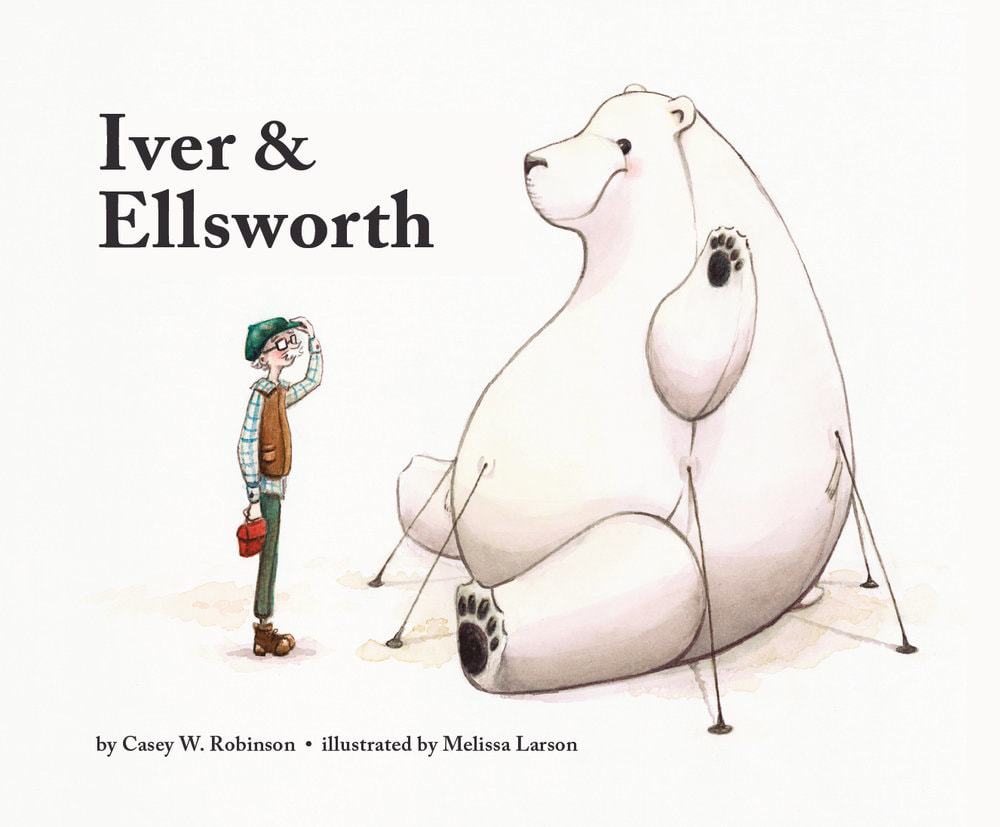
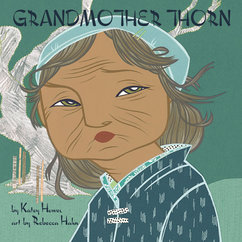
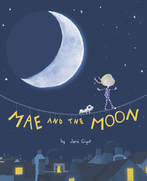
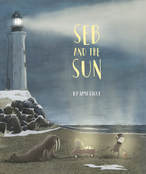
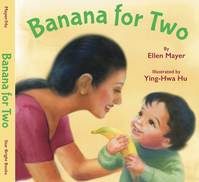
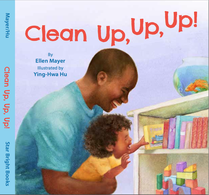
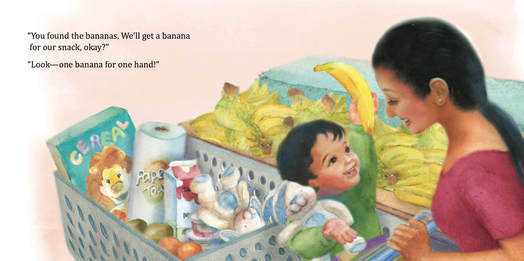
 RSS Feed
RSS Feed